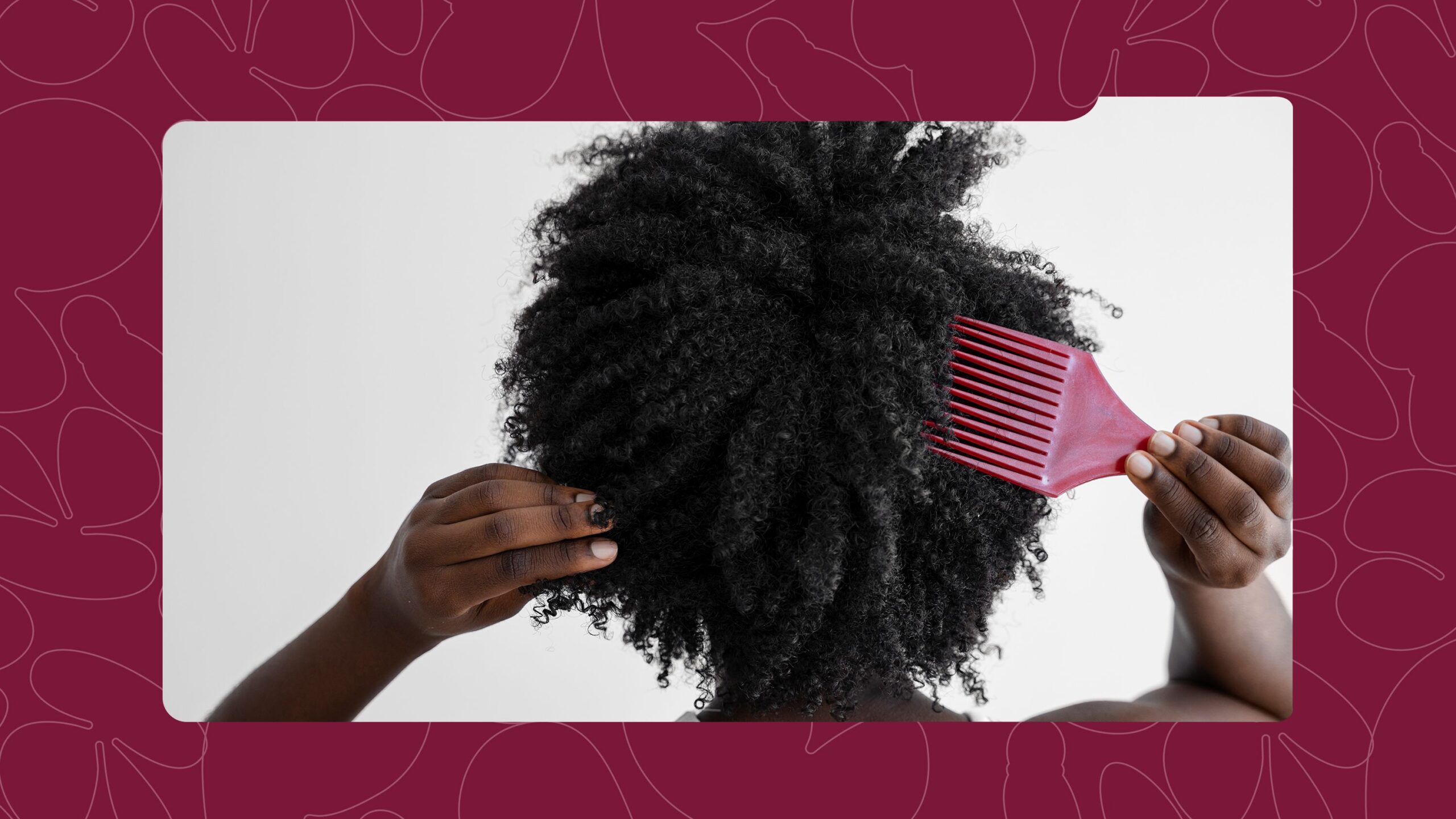
Healthy hair is a marathon, not a sprint. You’re doing your best. You wash and condition, you braid, you’ve even bought hair oil. But if your hair is still breaking, shedding, or refusing to grow past your shoulders, it’s probably not your products, it could be your habit.
Across Lagos and Abuja salons, the same avoidable mistakes keep showing up: too-tight styles, no bonnet in sight. Over time, they sabotage your hair goals, turning healthy strands into frayed ends and snatching edges faster than the Harmattan wind.
This guide identifies the 13 most common slip-ups, then provides practical repairs you can start using at your next wash day. Ready? Let’s rescue those strands.
1. Over‑Reliance on Harsh Relaxers and Box Dyes
Chemical relaxers tame thick roots and reduce daily detangling stress. But too-frequent applications or combining them with dyes can lead to thinning, breakage, and long-term scalp trauma.
Chemical straighteners promise easy styling, yet constant touch‑ups weaken the cortex, causing thinning and substantial breakage. Many stylists still apply calcium hydroxide relaxers every six to seven weeks, far too soon for already processed hair.
Quick Fix
-
Stretch relaxer cycles to ten–twelve weeks.
-
Integrate protein treatments bi‑weekly to strengthen bonds.
-
If you crave colour, book a professional patch test and opt for ammonia‑free tints.
2. Skipping Regular Deep Conditioning
Nigeria’s tropical sun, dusty roads and frequent air‑conditioning pull moisture from curls daily. Skipping deep conditioning leaves hair limp and frazzled.
Quick Fix
-
adding a silicone‑free, moisturising mask rich in shea butter or avocado oil to your wash day.
Price: ₦5,534.76 – ₦25,025.90 Where To Buy: Shop iHerb
If your hair constantly feels dry no matter how much product you put on, this deep conditioning masque is designed to drench thirsty curls and coils with 6x more moisture than a regular shampoo alone.
Use it biweekly with a heat cap or steamer for best results, especially if you’ve been skipping wash days or wearing protective styles back-to-back.
-
Slip on a heat cap for fifteen minutes so ingredients penetrate.
-
Rinse with cool water to seal cuticles.
3. Ignoring Scalp Health
It’s easy to focus only on the part of your hair you see, style, and flaunt. But your scalp is living tissue, and without regular care, it becomes clogged with sweat, product, and environmental debris. A healthy scalp is where strong, vibrant hair begins.
That means clarifying once a month with a sulphate-free shampoo that includes ingredients like tea tree oil or peppermint to gently lift buildup while soothing inflammation.
Price: ₦68,271 Where To Buy: Shop Ubuy
This tea tree shampoo and conditioner set from Pure Nature Lux Spa is sulfate-free, paraben-free, and packed with salon-grade ingredients like argan oil and silk protein to hydrate deeply while gently clearing away buildup. Designed for both men and women, it targets dandruff at the root while restoring balance to your scalp without stripping your hair.
-
Massage the scalp during cleansing to lift residue and boost circulation.
-
Finish with a lightweight, peppermint‑infused scalp serum.
4. Tight Protective Styles That Snatch Edges
Protective styles like box braids, faux locs, or sleek ponytails are staples, offering low-maintenance options that keeps it (and us) from having to style it often. When done too tightly, braids can cause lasting damage, like traction alopecia. The edges are the most fragile part of your hair, and excessive tension around them causes thinning, soreness, and even permanent bald spots over time.
If you notice tenderness, bumps, or a shiny patch where hair once grew, it’s time to reassess. The fix is simple: ask your stylist to leave a little space at the root, and avoid over-sleeked styles,
Quick Fix
-
Ask braiders to start single plaits away from the roots, easing pull on baby hairs.
-
Alternate between loose twists and flat twists to redistribute stress.
-
Release hairline sections at the three‑week mark if tenderness appears.
5. Leaving Protective Styles In for Too Long
Protective styles work best when they protect your hair from manipulation. The hair sheds naturally every day, and when these shed strands remain trapped in protective styles for five, six, even eight weeks, they start to tangle around the new growth, forming knots and mats that are difficult to remove. Ideally, you should take down your protective style after four weeks, especially if you’re not washing or refreshing your hair in between.
Quick Fix
-
Schedule takedowns every four or five weeks.
-
When removing, always detangle gently using a conditioner-soaked spray to soften buildup.
-
Finger-detangle first before using a wide-tooth comb, and always follow with a gentle clarifying shampoo and deep conditioner.
6. Washing with Hard Lagos Water without Clarifying
Many women don’t realize how much the quality of water affects their hair. The water in many parts of the city is “hard,” meaning it contains high levels of calcium and magnesium. Over time, these minerals build up on the hair shaft, leaving it stiff, dry, and resistant to moisture. Even the best deep conditioners can feel like they’re not working if your strands are coated in mineral deposits.
Quick Fix
-
One way to counteract this is by installing a basic shower filter or, if that’s not possible, rinsing your hair with bottled water after washing.
-
Once a month, mix one tablespoon of lemon juice with two cups of warm water and rinse.
-
Apply a moisturising leave-in conditioner that includes glycerin, aloe vera, or honey to rehydrate your coils.
7. Heat Styling without Thermal Protectant
READ ALSO: These 11 Hair Oils Are Game-Changers for Natural Hair: Moisture, Shine, Growth
